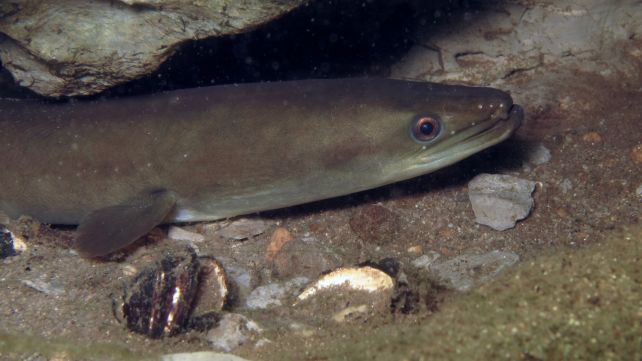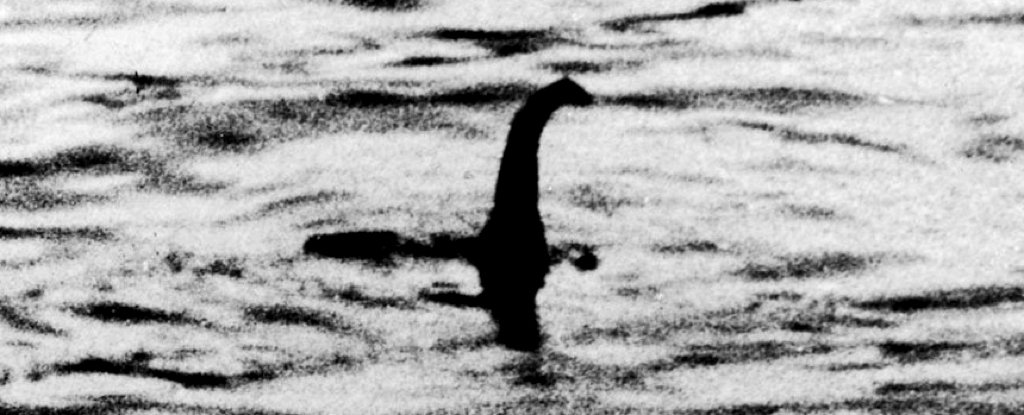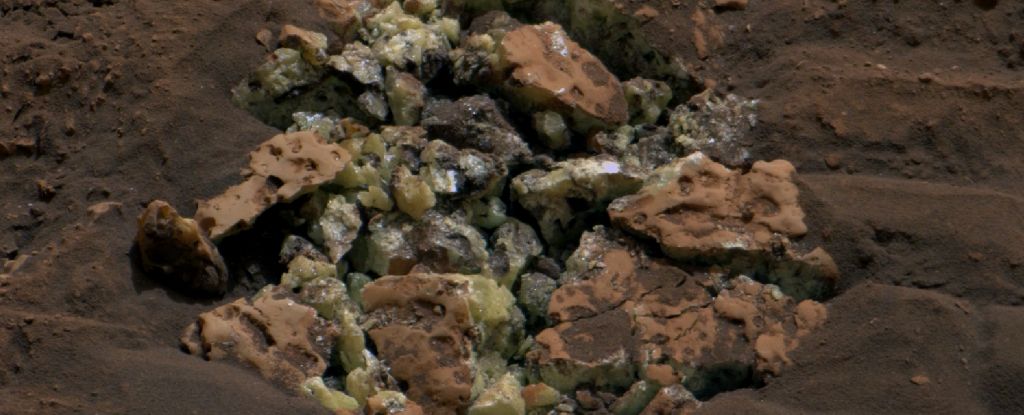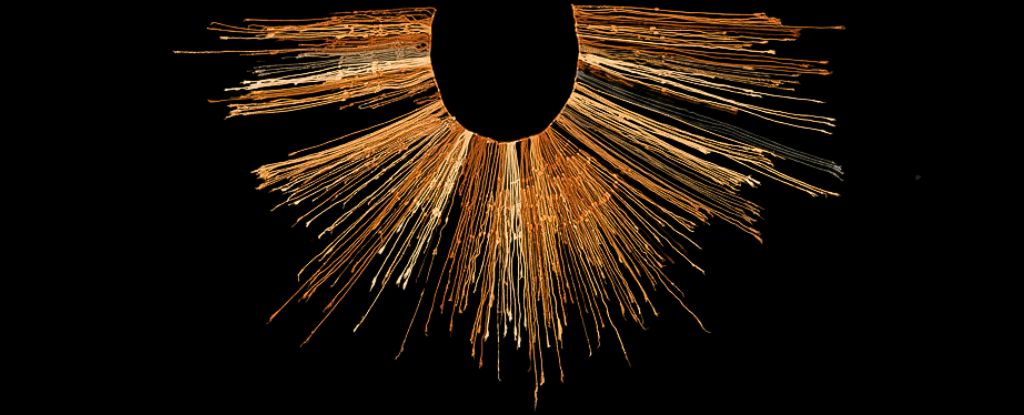A giant creature believed to inhabit the waters of Scotland’s Loch Ness is still a popular subject for speculation despite its beauty thorough debunking.
One of the last plausible explanations for the beast has now also been added the discard pile. After careful investigation, data scientist Floe Foxon of Pinney Associates and the Folk Zoology Society has determined that Nessie sightings are unlikely to be encounters with giant eels.
“This new work from the Folk Zoology Society brings a much-needed level of scientific rigor and data to a subject otherwise as delicate as an eel.” Says Foxon.
“Contrary to popular belief, the interface between folklore and zoology is amenable to scholarly analysis and has the potential to provide valuable insights into anthropozoological phenomena. This work also champions open access scholarship and non-traditional publishing—the future of scholarly publishing.”
The Loch Ness Monster originated in Scottish mythology in the 1930s, as visitors to the freshwater lake began reporting sightings of something unusual. Nessie, as the monster was called, seemed to resemble one plesiosauror sea serpent.
The famous and much discussed Photograph of the surgeon sold to the Daily Mail 1934 by physician Robert Kenneth Wilson, shows a creature with a long, graceful swan neck that closely resembles a plesiosaur. (This photo is now believed to be a Prank orchestrated by actor Marmaduke Wetherell.)
In 2018, geneticist Neil Gemmell of Otago University in New Zealand led an international attempt to uncover the truth once and for all. He and his team sampled extensively the waters of Loch Ness and sifted out the environmental DNA to create a database of all species living in it.
They found no evidence of sea snake or plesiosaur DNA. However, they found a lot of DNA from European eels (Anguilla Anguilla), perhaps not surprising as the eels are well-known residents of the lake.
Gemmell and his team concluded that if anyone had seen something long and jagged in the hole, it might just be a… very big eel?
Foxon wanted to explore this idea. He performed one Analysis of catch data for eels in Loch Ness and other waters in Europe to gauge the likelihood of spotting a particularly large eel.
To be consistent with that size of Nessie, the eel would have to be very large indeed. And well, there’s just no chance of seeing an eel that big.
In Foxon’s analysis, which included over 20,000 eels, was the maximum length of a European eel 0.932 meters (3.06 feet). The maximum physiologically possible length for an European eel has been estimated at 1.3 meters (4.3 feet).

An upper size estimate for the Nessie photographed in the surgeon’s photo is 2.4 meters, and the height estimate for Nessie in general is around 20 feet. That means, according to Foxon, that if you see an eel in Loch Ness, it probably won’t be big game.
“The probability of finding a large eel in Loch Ness is around 1 in 50,000 for a 1 meter specimen, which is reasonable given the fish population in the loch and suggests that some sightings of smaller unidentified animals may have been due to large eels.” he writes in his work.
“However, the probability of finding a specimen at a depth of more than 6 meters is essentially zero; therefore, eels are unlikely to be grounds for sightings of larger animals.”
Oh well. Back to the drawing board.
The research was published in JMIRx Bio.





